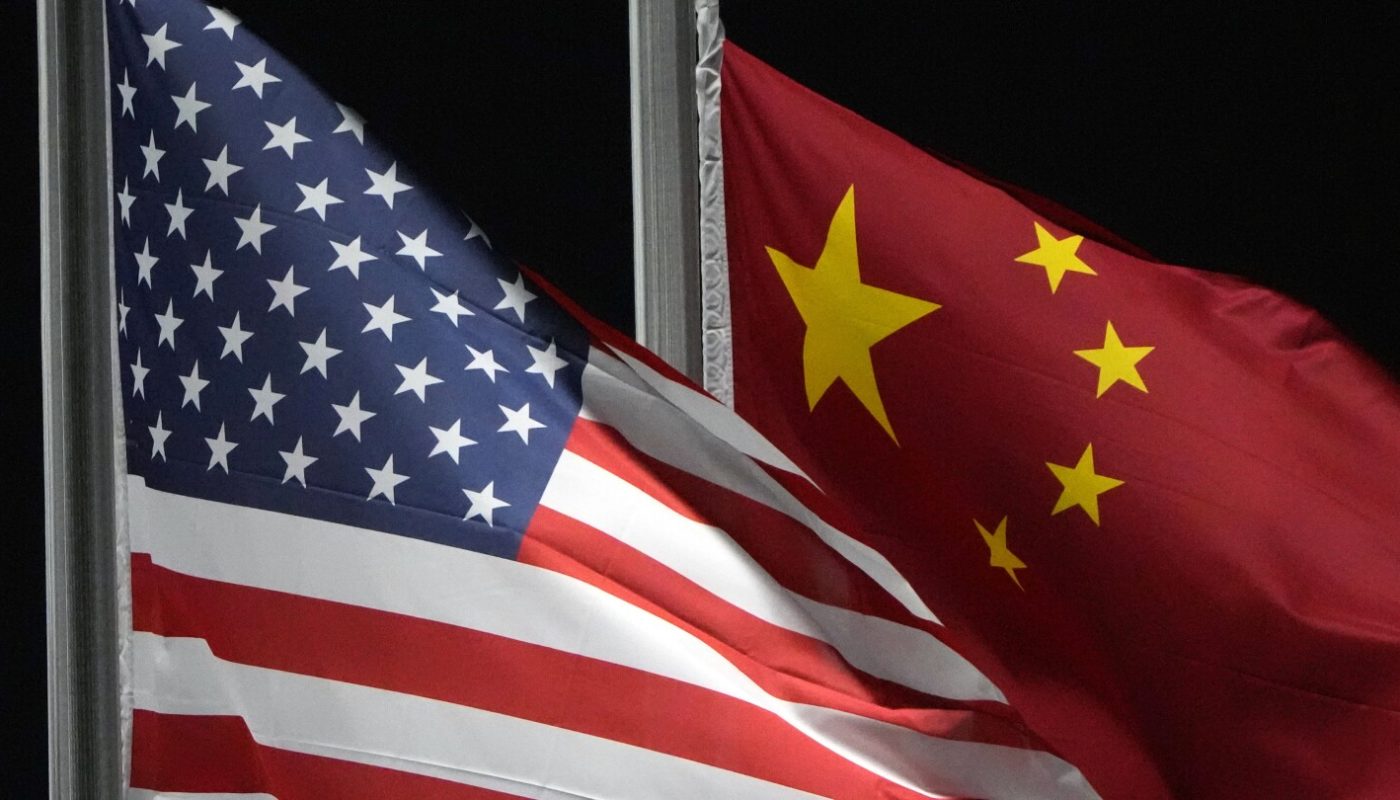WASHINGTON (AP) — The U.S. has updated a decades-old science and technology agreement with China to reflect their growing rivalry for technological dominance. The new agreement, signed Friday in Beijing after many months of negotiations, has a narrower scope and additional safeguards to minimize the risk to national security.
The State Department said the agreement sustains intellectual property protections, establishes new guardrails to protect the safety and security of researchers and “advances U.S. interests through newly established and strengthened provisions on transparency and data reciprocity.”
It covers only basic research and does not facilitate the development of critical and emerging technologies, the department said. This includes technologies related to artificial intelligence and quantum computing, which are considered crucial for economic strength and military supremacy.
China’s science and technology ministry also announced the signing, but provided no details or assessment in its one-line statement. The Chinese foreign ministry said earlier this year that such cooperation is mutually beneficial.
The first such agreement was signed in January 1979 when the two countries established diplomatic ties to counter the influence of the Soviet Union and when China severely lagged behind the U.S. and other Western nations in science and technology.
The agreement was last extended in 2018, and given temporary extensions last year and this year to allow for negotiations. Washington had come to view the agreement as failing to reflect the shift in U.S.-China relations and China’s emergence as a heavyweight in the field. The new agreement extends cooperation for five years.
As the tech war between the two countries has escalated, the U.S. has banned exports of advanced chips to China and restricted U.S. investments in certain technologies that could boost China’s military capabilities. Cooperation in science and technology chilled in universities and research institutions after a Trump-era program was introduced to curb China’s spying. The program was ended in 2022 after multiple unsuccessful prosecutions of researchers and because of concerns that it had prompted racial profiling.
Deborah Seligsohn, an assistant professor of political science at Villanova University, said the new agreement would lead to fewer government-to-government programs, but, through its limited scope and stronger safeguards, it would allow for the cooperation to be sustained “through a more difficult relationship.”
Earlier this year, Rep. Andy Barr, a Kentucky Republican, said the decades-long cooperation had resulted in the U.S. “providing all sorts of scientific and technical knowledge to Chinese scientists in what would amount to the greatest outpouring of American scientific and technology expertise in history.”
Rep. Gregory Meeks, a Democrat from New York, argued that the U.S. and the global community also have benefited from research collaborations that have “prevented diseases, reduced pollution, and deepened our understanding of the Earth’s history.”
But Meeks said he favored congressional oversight to ensure projects under the agreement would be in line with U.S. values and interests.



